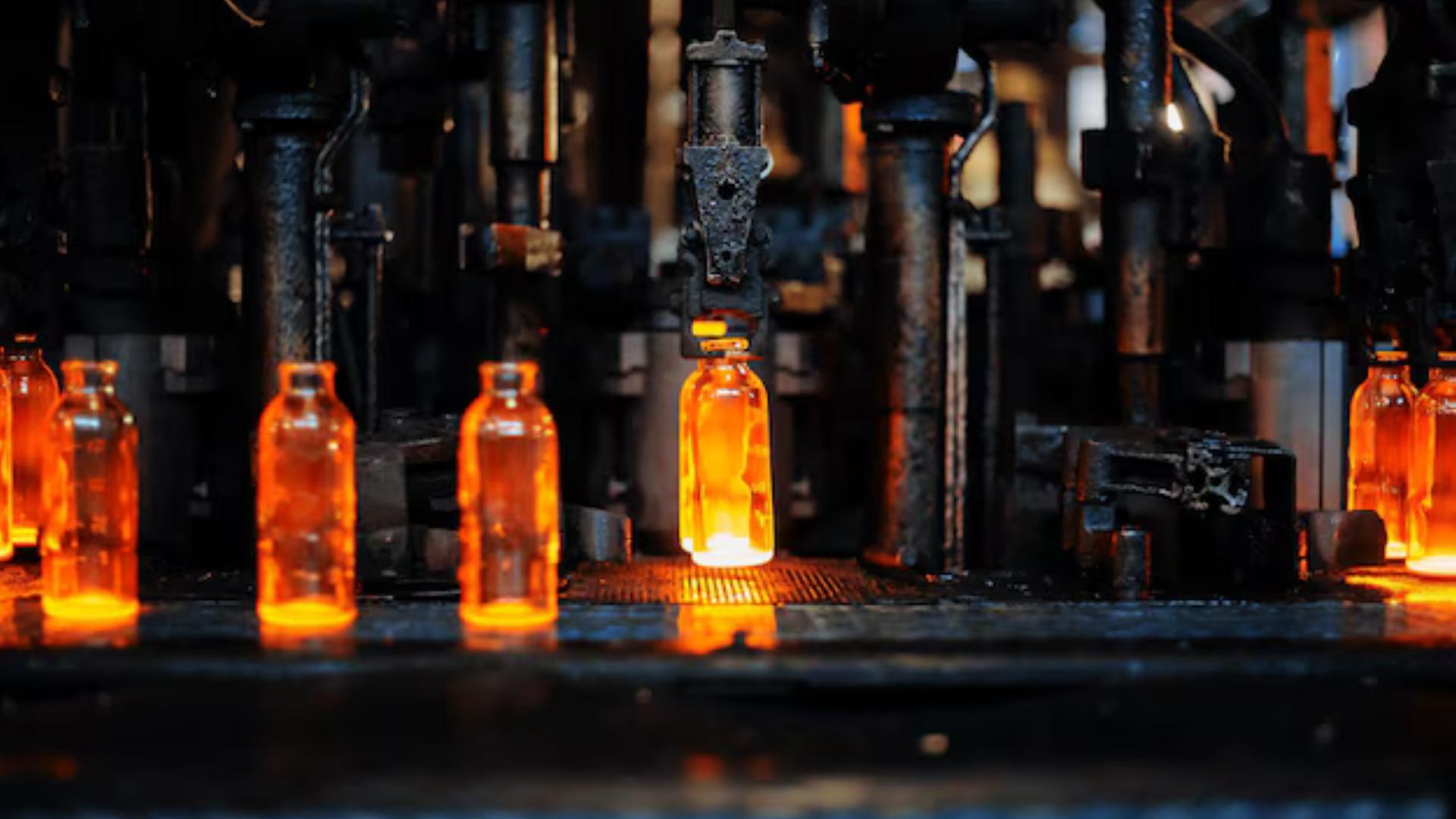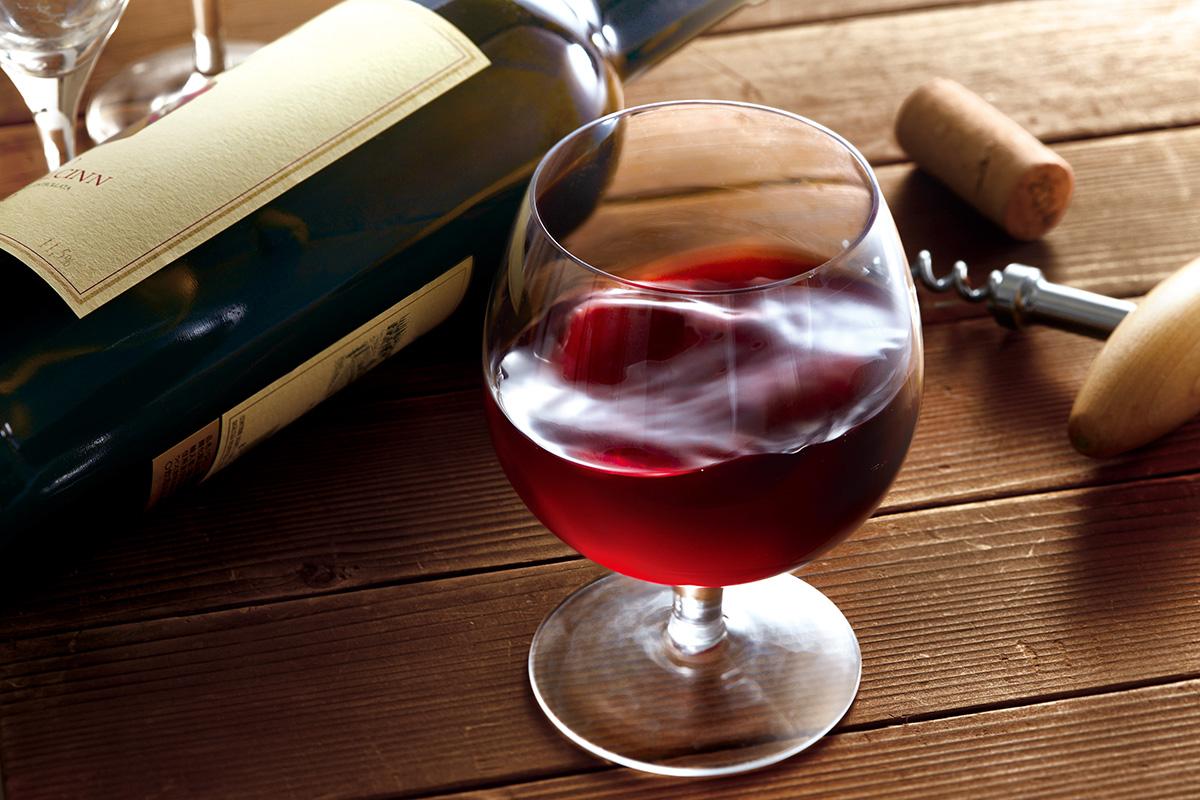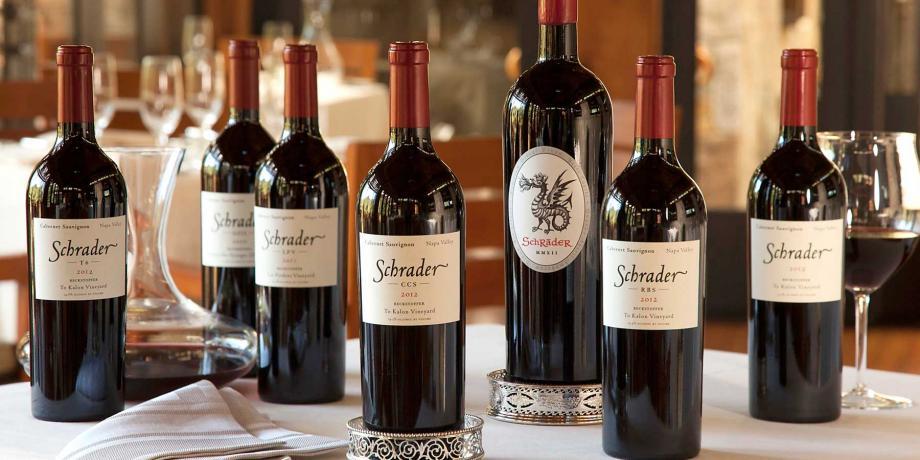CLYF Group was founded in 2000, covering a total area of 15,0000m2. We currently has 2 kilns and 6 production lines, with a daily production capacity of 600,000 glass bottles. We provide our customers with high-quality glass products for spirits and food, perfumes and cosmetics, as well as pharmaceuticals.

In the 17th and 18th centuries, the wine of Bordeaux in France had long been famous, and the United Kingdom was the largest importer of Bordeaux wine. At that time, the United Kingdom used the Gallon as the unit of measurement, while France used the liter, with 1 gallon being approximately 4.546 liters. For the convenience of calculation, people unified the transportation unit to 50 gallons (225 liters), which is the capacity of a Bordeaux oak barrel.

Although glass bottles have long been used to hold wine, the technology of glass blowing was not mature at that time. The capacity of a glass bottle depends on the breath of the glass blower, usually between 650-850mL. However, in order to meet the needs of international trade, the standardization of the shape and capacity of wine bottles has become a general trend. Later, people invented the technology of blowing glass bottles with molds, so that the capacity of the glass bottles could be controlled at will. Therefore, in order to get an integer that is convenient for calculation, Bordeaux divided a 225-liter oak barrel of wine into 300 bottles, and the capacity of a bottle is 750 ml. In this way, 1 gallon is equivalent to 6 bottles of wine. This is why a case of wine today usually contains 6 or 12 bottles.

As Bordeaux wine becomes popular all over the world, 750 ml wine bottles and 225 liter oak barrels are also used by more and more people. In the 1970s, the European Union set 750 ml as the capacity of a standard wine bottle, which later gradually became an internationally accepted standard.
